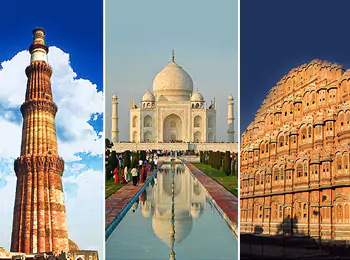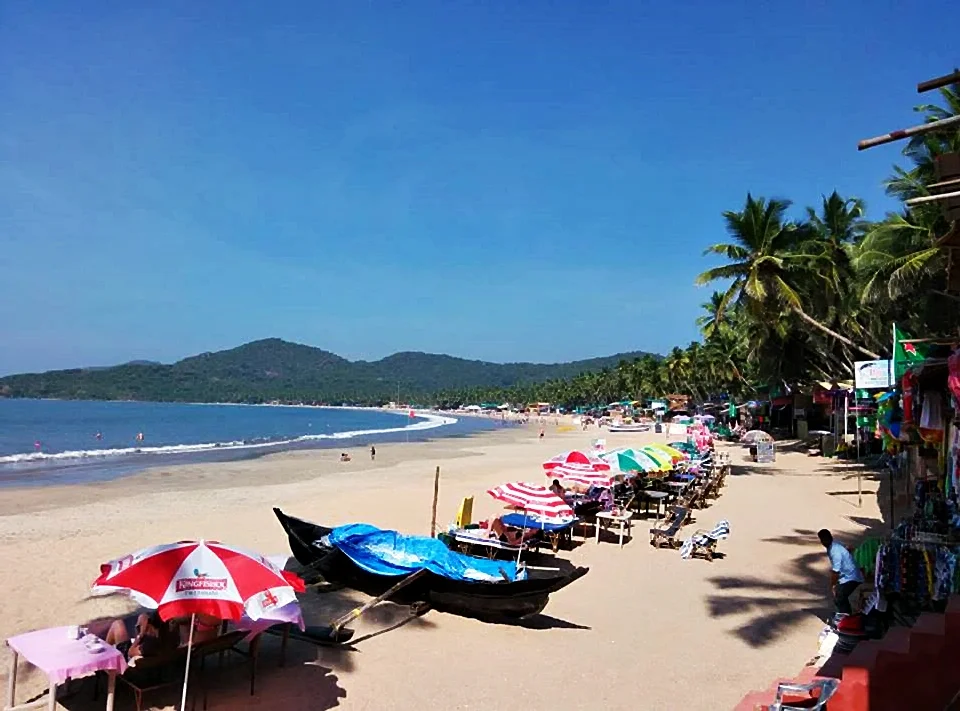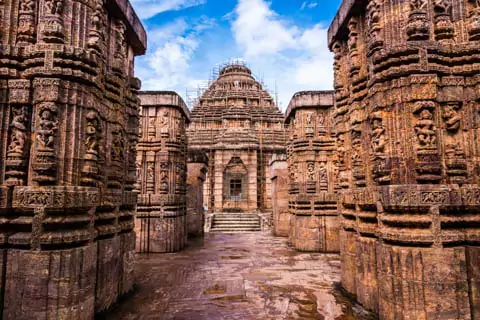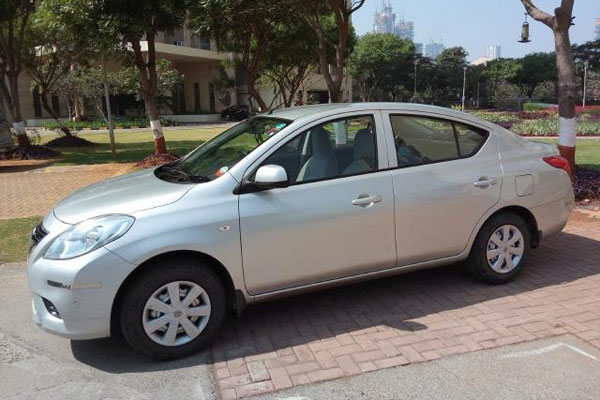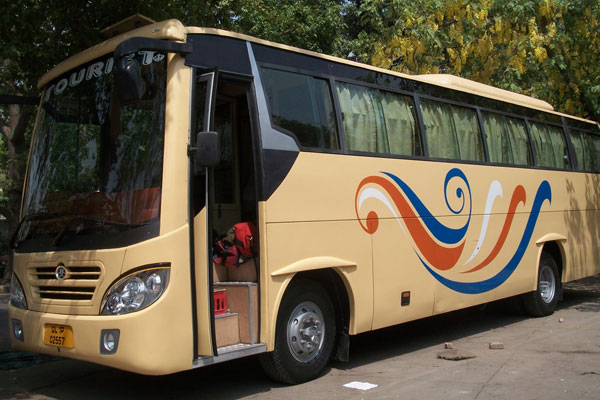India: Music And Dance
Culture, in India, albeit different fluctuated, still ties the nation together in some type of normal distinguishing proof. Indian move and music have assumed an astounding job right now. India has an extraordinary heritage of traditional move and music. Utilizing the body as a vehicle of correspondence, the statement of move is maybe the most mind boggling and grew, yet effectively comprehended artistic expression. Music also assumes a significant job in the Hindu religion. The convention of Indian music ought to be comprehended with regards to Indian life and thought. It is known to be a supernatural encounter, practically equivalent to yoga.
Music
Qawwali
The exemplary Pakistani Qawwali music in its present structure returns to the twelfth century, and the artist just as composer Amir. Be that as it may, the qawwali music is maybe significantly more established. Qawwali, a sufi and strict music is firmly associated with Islam. It is great, yet not in western significance of the word. It is carefully developed in various stages. The main stages actuate the connections with the living otherworldly aides, the following with the left holy people and finally with God (Allah). It is accepted that khayal type of music likewise began from the qawwali style of singing.
Folk Music
The genuine beat of India lies in its people music - the music of the majority. The outrageous social decent variety makes unlimited assortments of society styles. Each occasion of life has an exceptional society melody related with it - at that point be it celebrations, approach of the new season, birth of a youngster, or everyday issues like prodding one's adored one, appreciating nature, and so forth. Music is a fundamental part of capacities, for example, weddings, commitment, and births. There is a surfeit of melodies for such events. The Indian society music has today connected with contact the hearts of masses over the globe with its pleasant beat and interminable vitality.
Ghazal
Ghazal has its foundations in old style Arabic verse. Ghazal is an Arabic word which actually implies conversing with ladies. It developed from the Persian qasida, which stanza structure had come to Iran from Arabia around the tenth century A.D. The qasida was a tribute written in commendation of the sovereign or his aristocrats. The piece of the qasida called tashbib got confined and created at the appointed time of time into the Ghazal. India has created a portion of the uncommon abilities in the field of ghazal singing like Begum Akhtar, Jagjit Singh, Pankaj Udhas and so forth.
Classical Music
The two central components of Hindustani old style music are raag and taal. Hindustani music is the music of North India, including both Hindu and Muslim artists. It is personally connected with the north-Indian sanctuary ceremonies and follows back its reality in the Shastras or antiquated arrangements in Sanskrit. The various types of Hindustani music are - Dhrupad, Dhamar, Khayal, Tappa and Thumri.
Indian Musical Instruments
Sitar
Presumably the most well known string instrument from India is the sitar. String instruments have picked up fame since strings are viewed as the best backup to singing, a prime component of Indian music.
Sarod
Sarod is another mainstream stringed instrument. The body is cut from a solitary bit of well-prepared teakwood and the midsection secured with goat skin. There are four fundamental strings, six cadence and automaton strings and fifteen thoughtful strings, all made of metal. These are played by hitting with a plectrum made of a coconut shell.
Sarangi
The Sarangi name gets from Sau Rangi meaning 100 hues. It has three to four fundamental playing strings and around twelve thoughtful strings. The instrument has no worries orfinger board; the strings drift noticeable all around.
Esraj
Esraj is a mix among saringda and sitar. The base of the instrument resembles saringda while the neck and strings resemble sitar. It gives a sound particularly like sarangi without being as hard to play. It is very famous in West Bengal.
Tanpura
It has four strings tuned to the tonic. The tanpura is known for its exceptionally rich sound. There are three fundamental styles; the Miraj style, the Tanjore style and the little instrumental form here and there called tamburi.
Santoor
Santoor is a North Indian instrument starting from Kashmir. It has in excess of a hundred strings which stumble into an empty rectangular box and the strings are struck by a couple of thin cut pecan hammers.
Vichitra Veena
The Vichitra Veena is a stringed instrument like the rudra vina with the exception of it has no worries. It is played with a slide like a Hawaiian guitar.
Violin
Violin was acquainted with India around 300 years back and is a significant string instrument in the South of India. It is played in a sitting position and is held between the correct foot and the left shoulder.
Tabla
Tabla is a couple of drums. It comprises of a little right hand drum called dayan and a bigger metal one called bayan. The capacity of the dark spots on every one of the playing surfaces is to make the chime like timbre that is normal for the instrument.
Pakhawaj
Pakhawaj is basically a north Indian adaptation of the mridangam and is the most widely recognized north Indian delegate of the class of barrel formed drums known as mridang. During the last barely any ages tabla has usurped its situation of significance.
Mridangam
Looks to some extent like pakhawaj however there are significant contrasts in development and method. It is the most utilized drum in South Indian music.
Jal Tarang
This instrument is a lot of china bowls that are loaded up with water. Each bowl is hit with a light wooden hammer to make it ring. Jal tarang isn't normal and is typically found in the backup of Kathak artists.
Dholak
Exceptionally famous people drum of northern India. It is barrel molded with a straightforward layer on the correct hand side.
Pung
This is a since quite a while ago bodied drum with the two finishes shrouded in skin and assumes a significant job in Manipuri moving when it is played by people, either in a sitting position or standing position.
Flute
Woodwind is found in all aspects of India, cut from bamboo it is made in each conceivable size.
Shehnai
A twofold reeded wind instrument with an extending tube towards the lower end. There are eight or nine holes, the upper seven for playing and the lower ones fortuning. The Shehnai is viewed as promising and is played on every bubbly event in India.
Indian Dances
Folk Dance
The Indian people move is straightforward without being credulous, for behind its straightforwardness lie both significance of origination and an unequivocal quality of articulation which are of extraordinary masterful worth. The idea of depicting feeling is as a rule unfamiliar to society move and what is communicated is common and unique. What is significant here isn't the beauty of the individual artist or the virtuosity of the segregated exposition, however the complete impact of the mind-boggling lightness of soul, and the articulate, easy simplicity with which it is communicated. It has personal connection with elements of day by day life; nourishment gathering, collecting, rituals, ceremonies and convictions. The well known people moves of India are Ruk Mar Nacha, Purulia Chhau, Rangoli Bihu, Singhi Chham, Karma, Cheraw Dance, Hojagiri, Bardo Chham, Chang Lo, Lahoo and Thang Ta in the East. Bhangra, Charkula, Ghoomar, Spaw Dance and Kinnauri Nati in the North. Kalbelia Dance, Koli, Tarangmel, Dandiya Raas, Garba, Tippani Dance, Panthi, The Padhar Dance, Dharmar and Hamchi Dances in the West. Devarattam, Dollu Kunita, Thapetta Gullu, Garadi, Lava Dance and Nicobarese Dance in the South.
Bharatanatyam
Bharata Natyam, starting in Tamil Nadu, has developments of unadulterated cadence, rendering a story drastically in various temperaments. For quite a while, Bharat Natyam was performed uniquely in sanctuaries by artists in administration of the sanctuary, the devadasis. The artists must become familiar with the language of motions, mudras - in order to communicate sentiments, developments and characters in the narratives which she describes through move.
Kathak
The Kathak move structure started in the north. The impact of the Mughal convention is clear right now, and it has an unmistakable Hindu-Muslim surface. The word Kathak, got from 'Katha', actually implies storyteller. Today, the maestros of this move structure incorporate Birju Maharaj and Uma Sharma. Kathak has an energizing and engaging quality with many-sided footwork and fast pirouettes being the prevailing and most charming highlights of this style. The outfits and subjects of these moves are frequently like those in Mughal smaller than normal works of art.
Kathakali
Kathakali, a well-created move show of Kerala is where the entertainers portray characters from the sagas Ramayana and Mahabharata and from the Puranas (antiquated sacred writings). The artists decorate themselves in colossal skirts and crown, wearing a most multifaceted style of make-up. Kathakali draws vigorously from show and is hit the dance floor with expand covers and ensembles. Like Bharatanatyam Kathakali additionally required a revival during the 1930s. The extraordinary artist Vallathol rediscovered Kathakali, building up the Kerala Kalamandalam in 1932 which loaned another measurement to the work of art in South India.
Manipuri
Ensured for a considerable length of time in a valley of surpassing magnificence, Manipuri is the craftsmanship articulation of each man, lady and offspring of Manipur. The melodic types of that culture mirror the love of Vishnu. It is around scenes from his life that the confidence of the individuals is laced. The sanskirtan and the rass are loved melodic customs sanctioned properly at various occasions of the year by the network all in all. Manipuri isn't forceful. It is delicate and practically hesitant from one perspective, and very energetic on the other. A coherence of development and a limitation of intensity are hidden highlights of the style.
CHAKIARKOOTHU
Mohiniyattam, the female semi-traditional move type of Kerala is said to be more seasoned than Kathakali. Truly, the move of the magician, Mohiniyattam was predominantly acted in the sanctuary areas of Kerala. It is likewise the beneficiary to Devadasi move heritage like Bharata Natyam, Kuchipudi and Odissi. The word 'Mohini' signifies a lady who applies want or takes the core of the passerby. There is a notable story of Lord Vishnu assuming the pretense of a 'Mohini' to excite individuals, both regarding the agitating of the milk sea and with the scene of killing of Bhasmasura. Therefore it is imagined that Vaishnava lovers gave the name of Mohiniyattam to this move structure.
MOHINIYATTAM
The climate of Orissa, the way of thinking of Lord Jagannath and the figure of the thirteenth - century Sun Temple of Konarak, are reflected in its move structure – Odissi. Maybe the most expressive style of move in India, Odissi follows special body standards; the iconography of an entire culture is reverberated in its structure. The tribhanga, a three-twist act, interlinking a people's way of thinking with the physical, is a progression of triangles which are genuinely hard to execute, however which additionally call for gigantic restriction and artfulness with respect to the craftsman. The various stances of the style reflect explicit states of mind and decorate the cut boards of the Konark Sun Temple.
Odissi
The ambience of Orissa, the philosophy of Lord Jagannath and the sculpture of the 13th - century Sun Temple of Konarak, are reflected in its dance form – Odissi. Perhaps the most lyrical style of dance in India, Odissi follows unique body norms; the iconography of a whole culture is echoed in its structure. The tribhanga, a three-bend posture, interlinking a people’s philosophy with the physical, is a series of triangles which are not only physically difficult to execute, but which also call for immense restraint and finesse on the part of the artist. The numerous postures of the style reflect specific moods and adorn the carved panels of the Konark Sun Temple.
Chhau
The Chhau dance is indigenous toward the eastern piece of India. It began as a military craftsmanship and contains enthusiastic developments and jumps. Some Chhau moves utilize enormous adapted veils. The portrayal of winged creatures and creatures is an unmistakable element. There are additionally brave hits the dance floor with sword, bow or shield, with which artists exhibit their smoothness. As of late, Mayurbhanj Chhau has gotten mainstream as a mode of movement, with its wide scope of stances and developments that adjust well to present day just as customary treatment.



